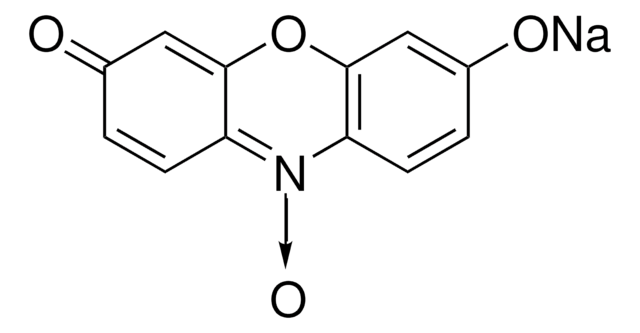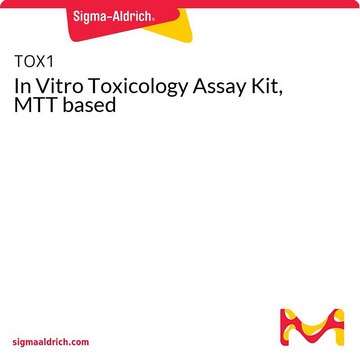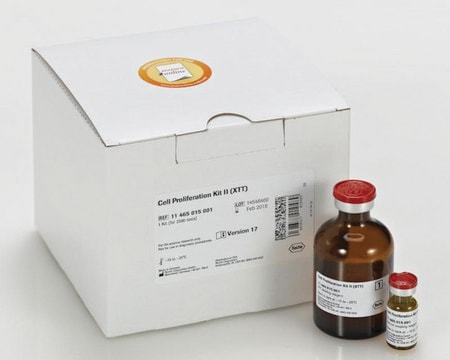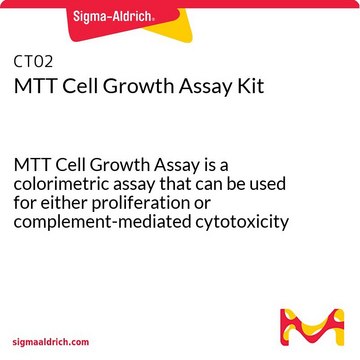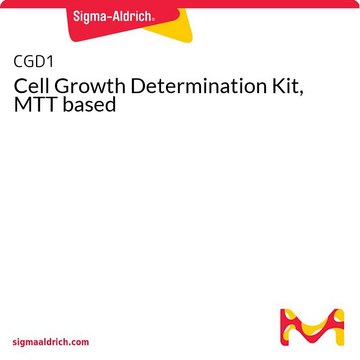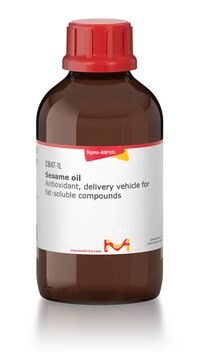TOX8
In Vitro Toxicology Assay Kit, Resazurin based
Synonym(s):
Fluorescent resazurin toxicology assay
About This Item
Recommended Products
form
liquid
Quality Level
usage
1 kit sufficient for 2,000 tests
packaging
pkg of 1 kit
storage condition
dry at room temperature
technique(s)
protein quantification: suitable
application(s)
cell analysis
detection
detection method
colorimetric
fluorometric
storage temp.
2-8°C
General description
Application
- in cell viability assay of human primary fibroblasts
- to determine the cell proliferation rate in murine pre-osteoblasts
- to determine the metabolic activity of microfluidic and monolayer cultures
Biochem/physiol Actions
related product
Storage Class Code
10 - Combustible liquids
Flash Point(F)
Not applicable
Flash Point(C)
Not applicable
Certificates of Analysis (COA)
Search for Certificates of Analysis (COA) by entering the products Lot/Batch Number. Lot and Batch Numbers can be found on a product’s label following the words ‘Lot’ or ‘Batch’.
Already Own This Product?
Find documentation for the products that you have recently purchased in the Document Library.
Customers Also Viewed
Articles
Cell based assays for cell proliferation (BrdU, MTT, WST1), cell viability and cytotoxicity experiments for applications in cancer, neuroscience and stem cell research.
Our team of scientists has experience in all areas of research including Life Science, Material Science, Chemical Synthesis, Chromatography, Analytical and many others.
Contact Technical Service